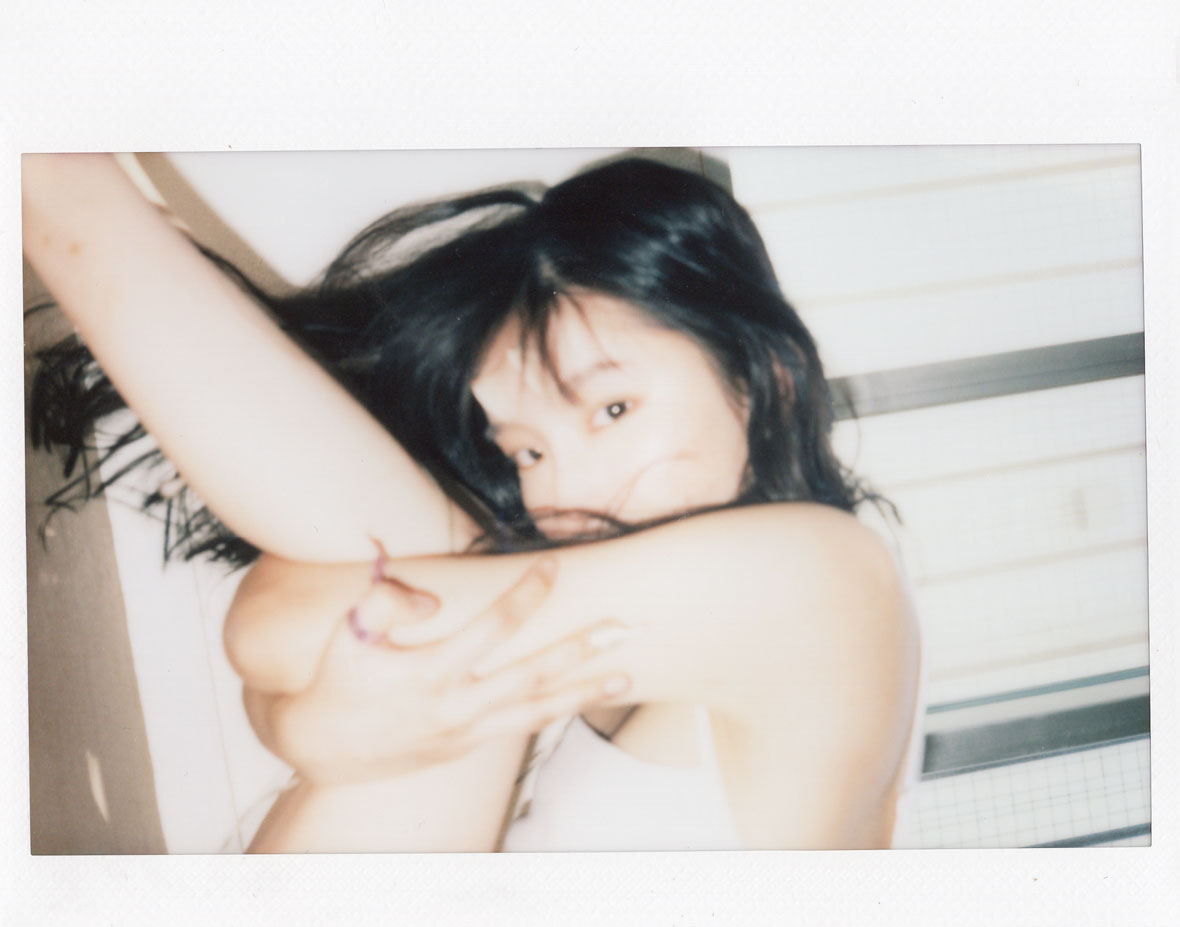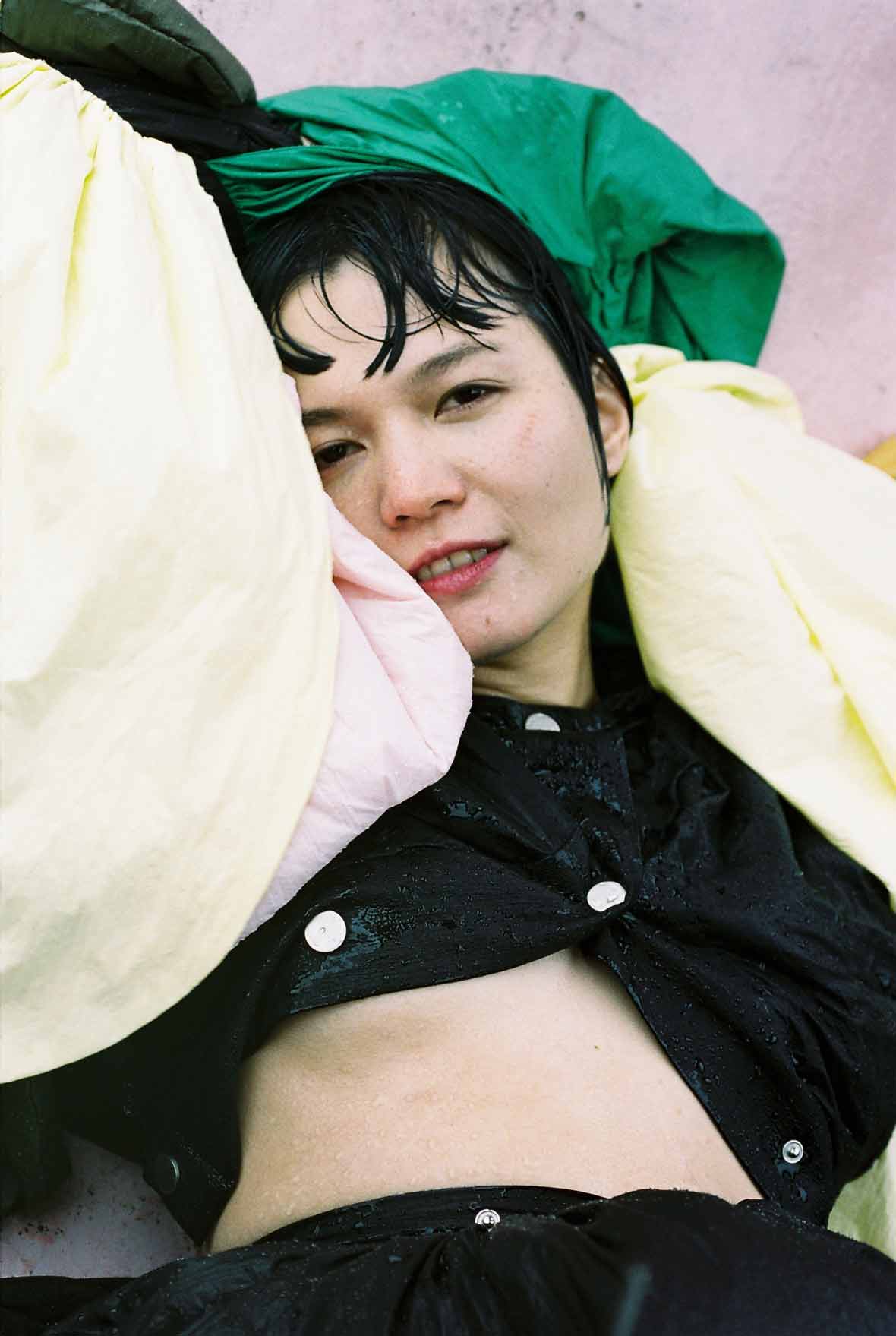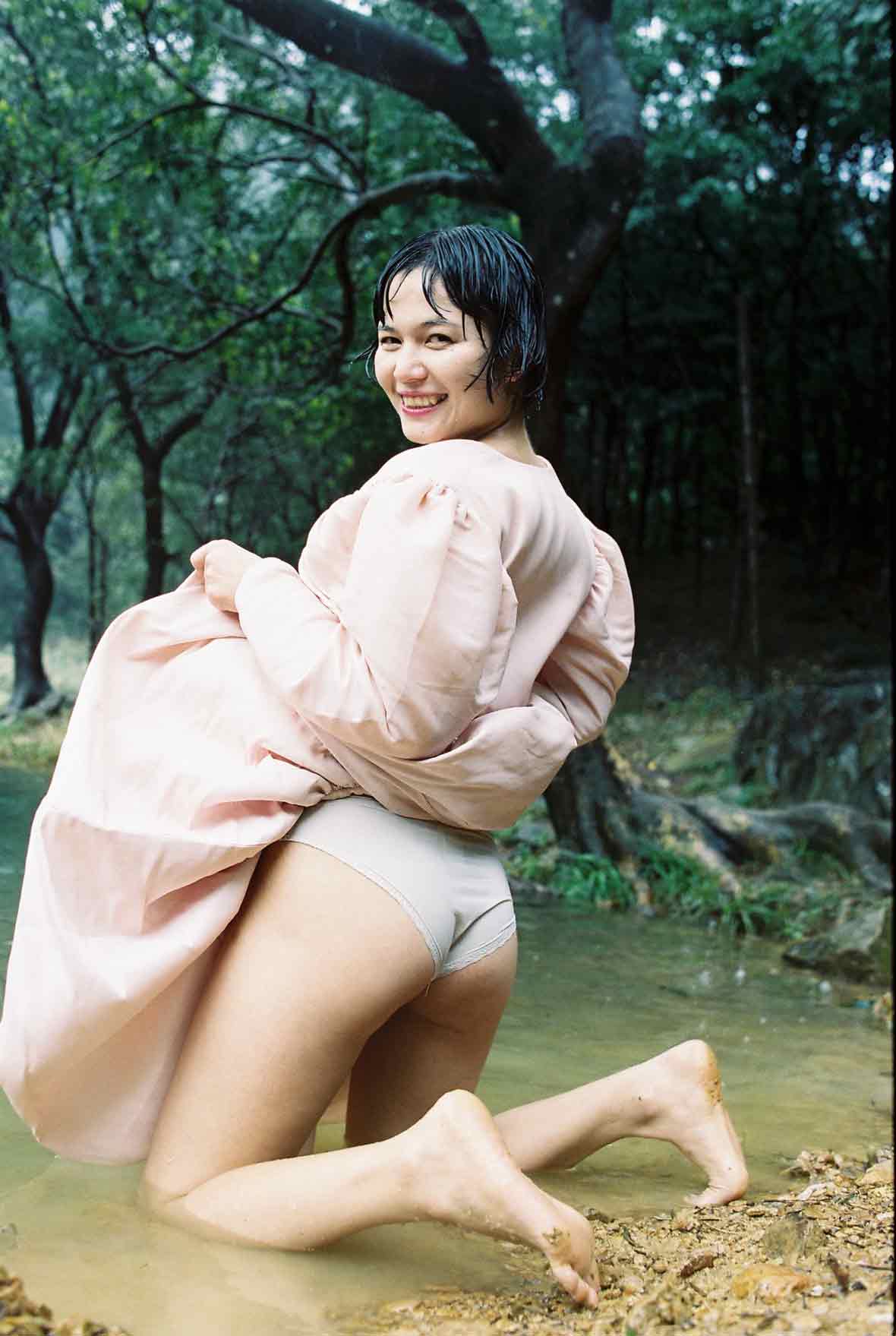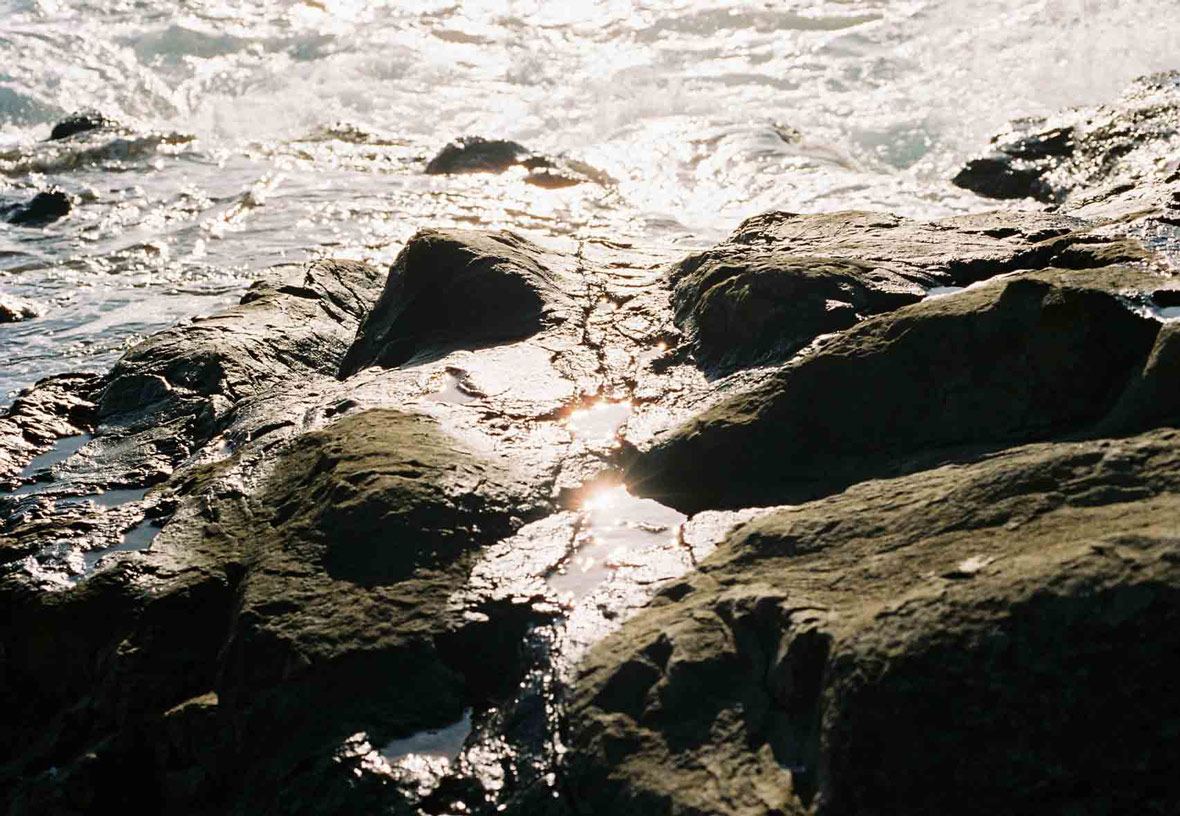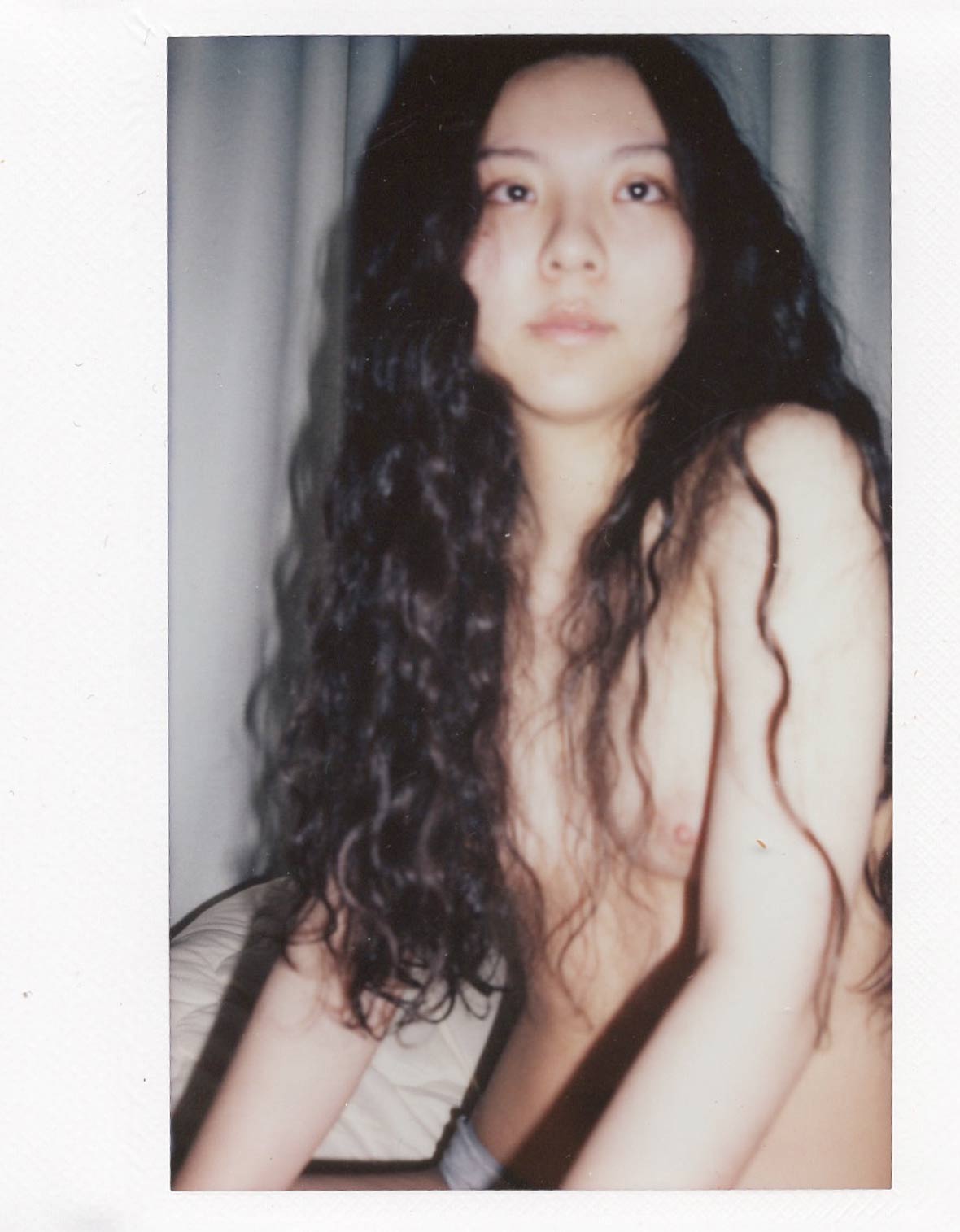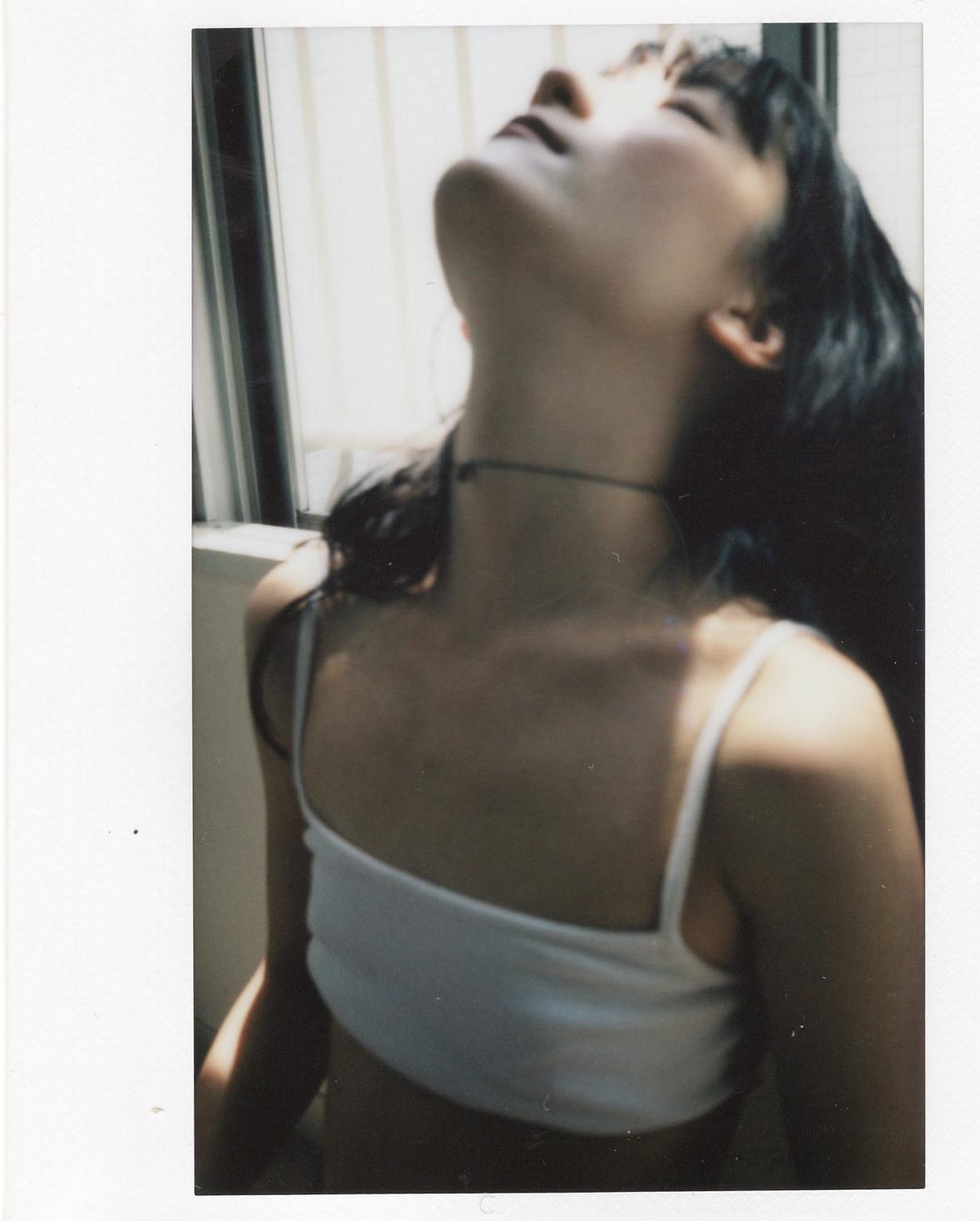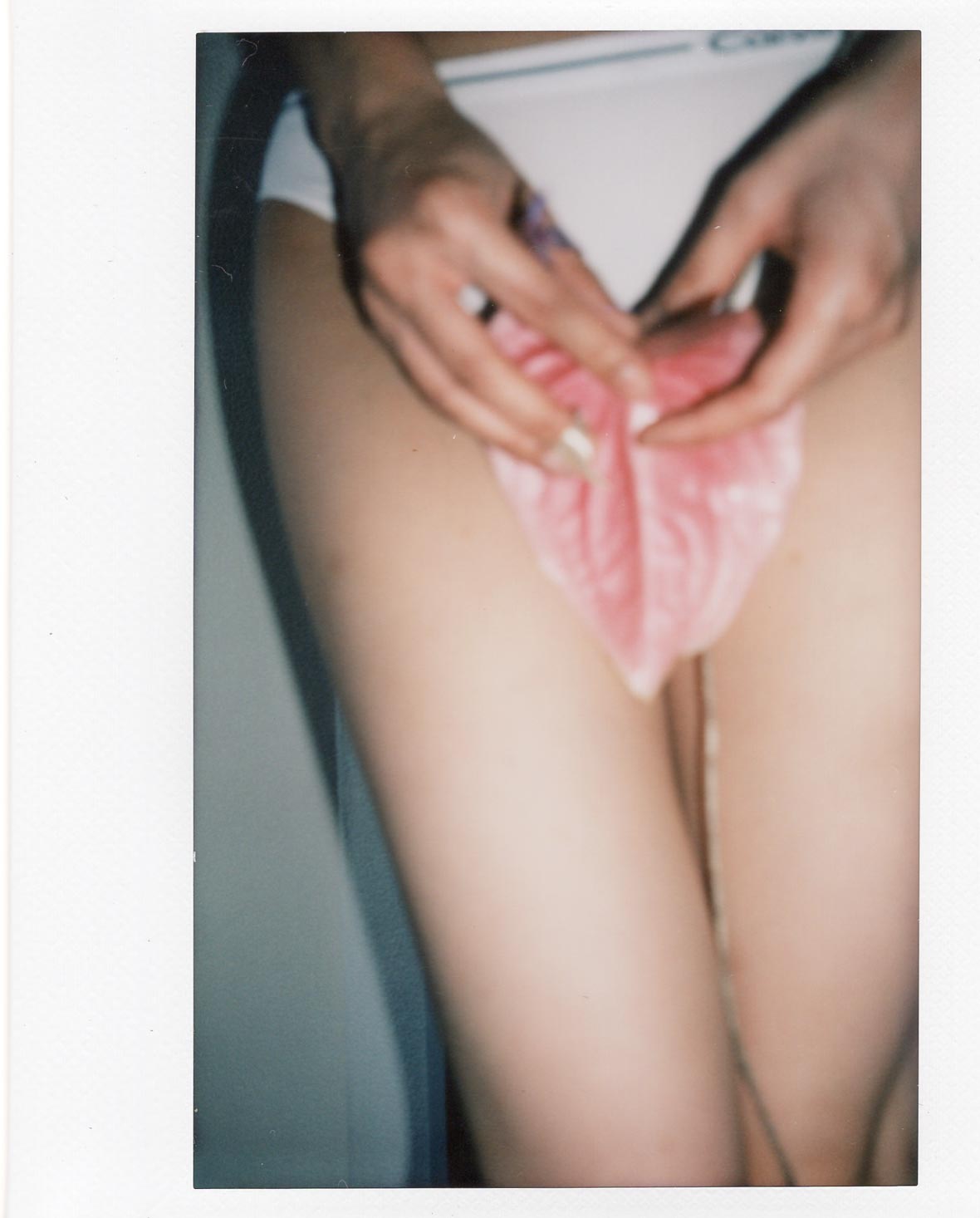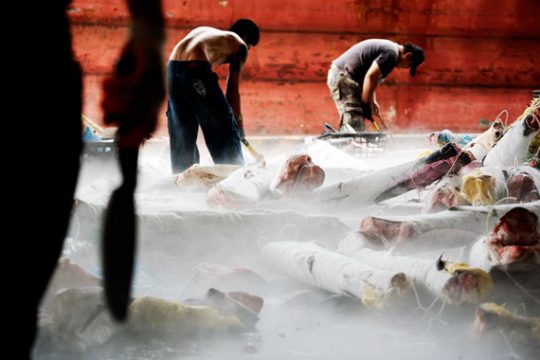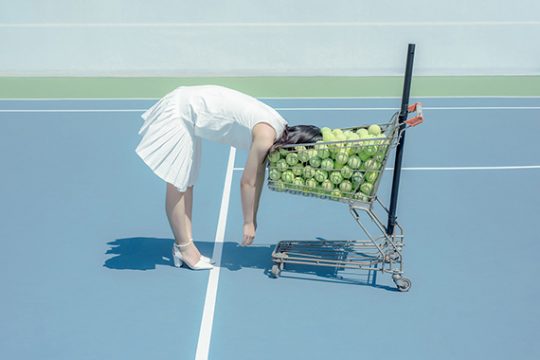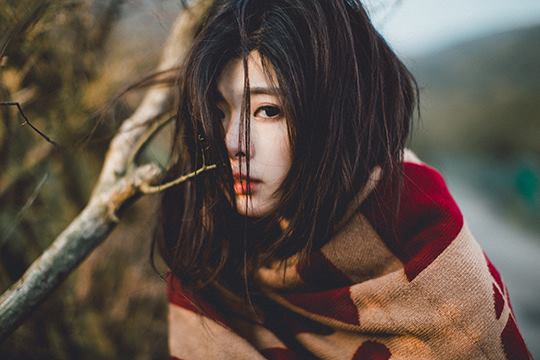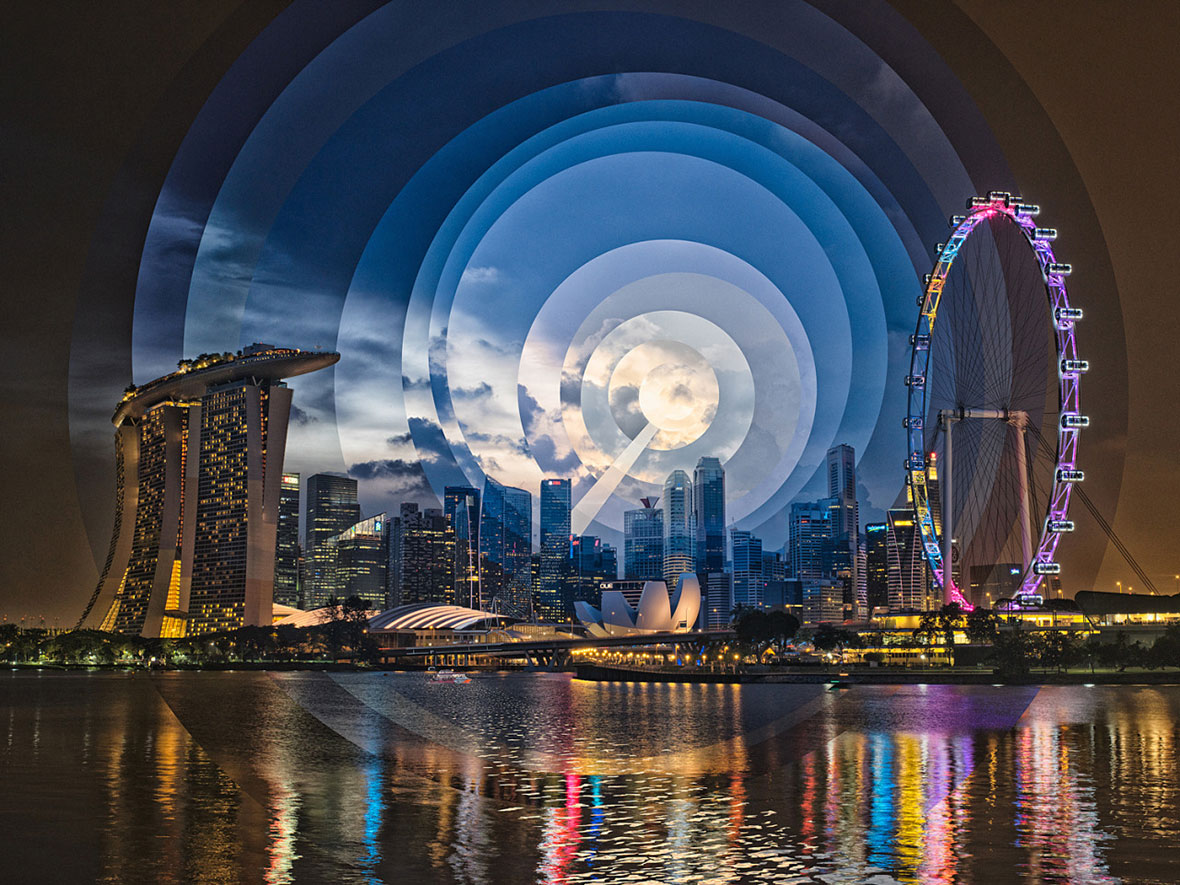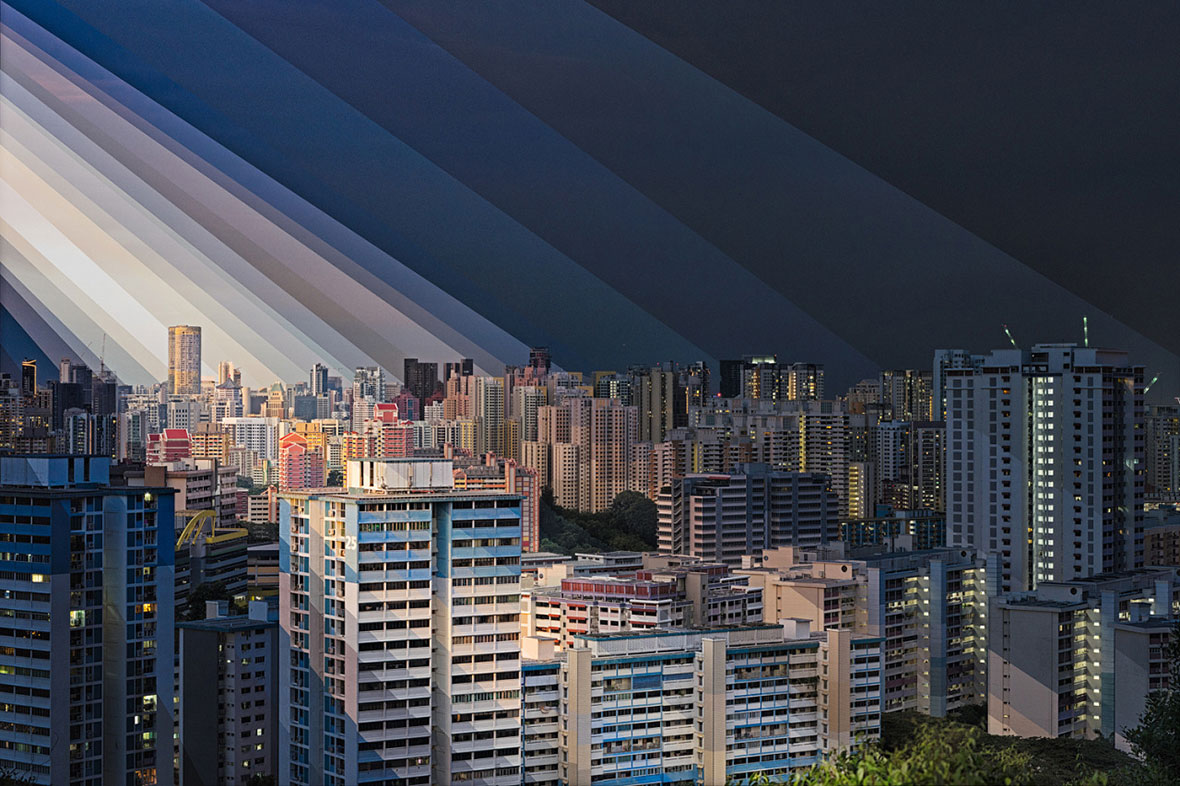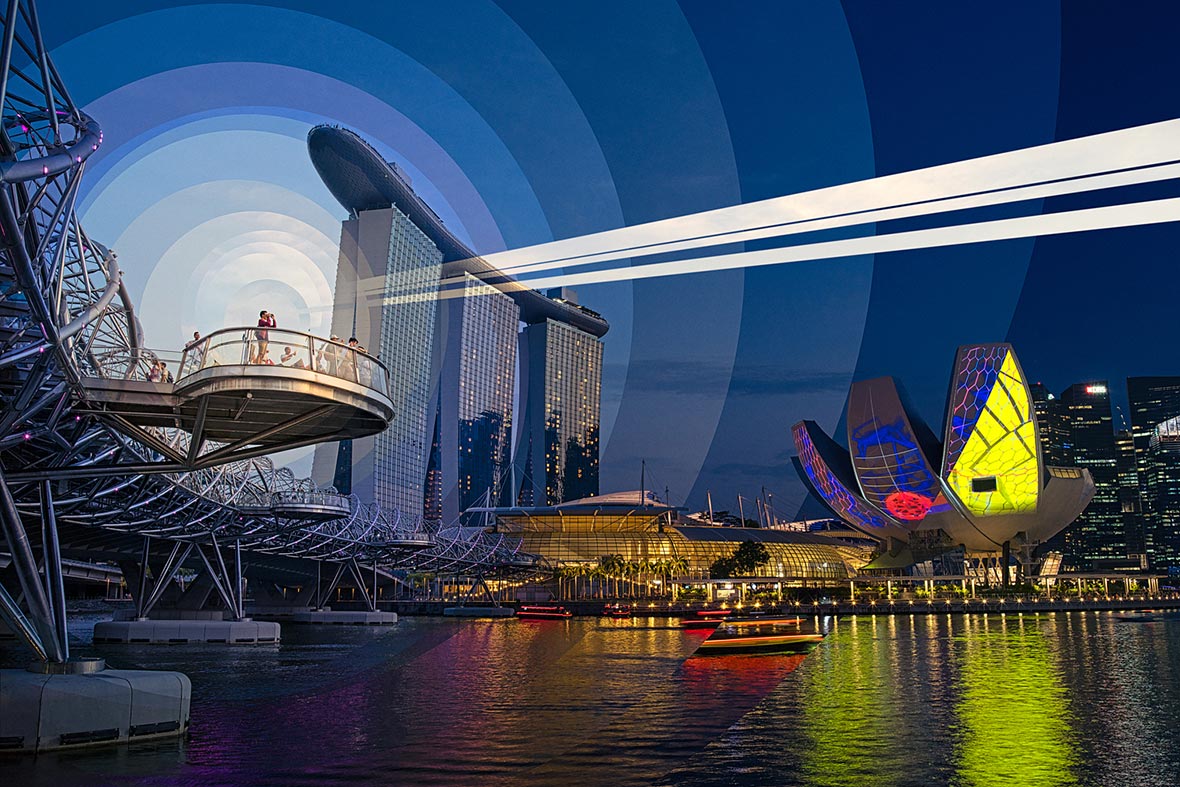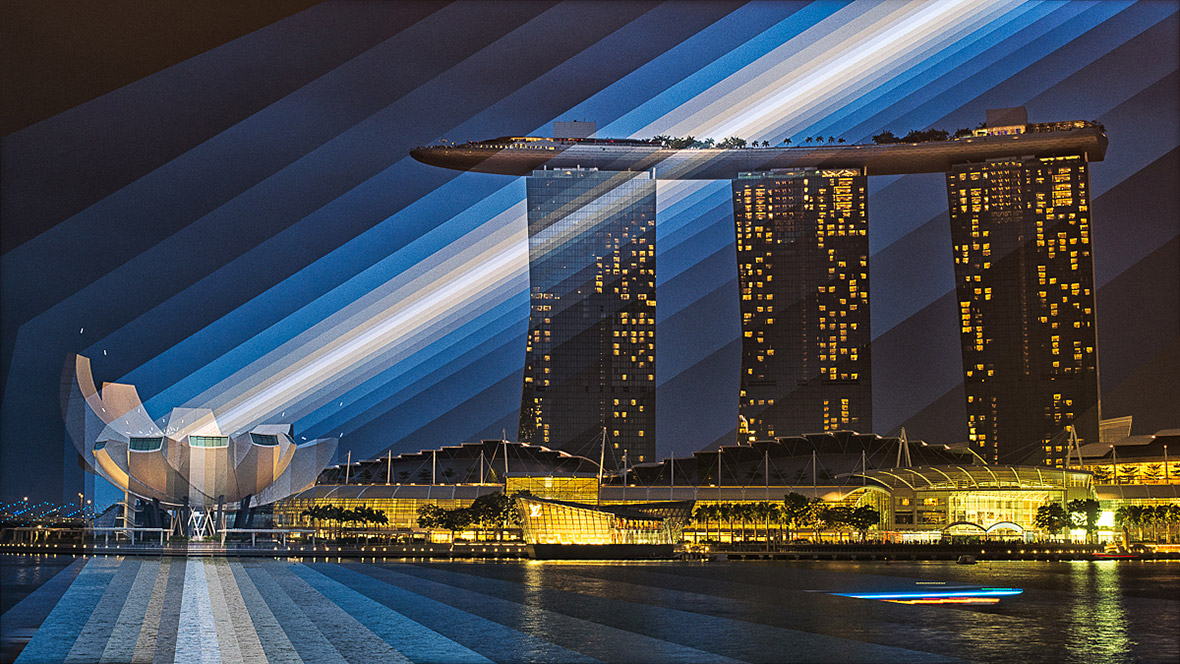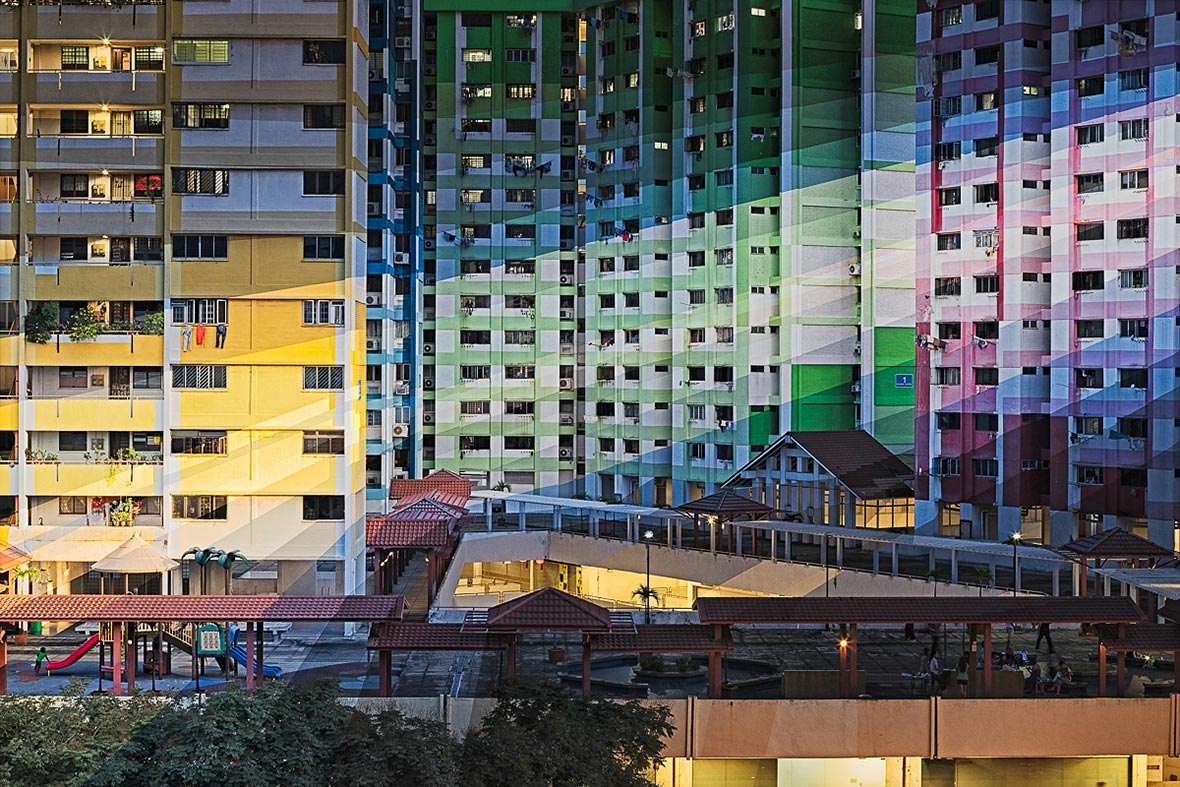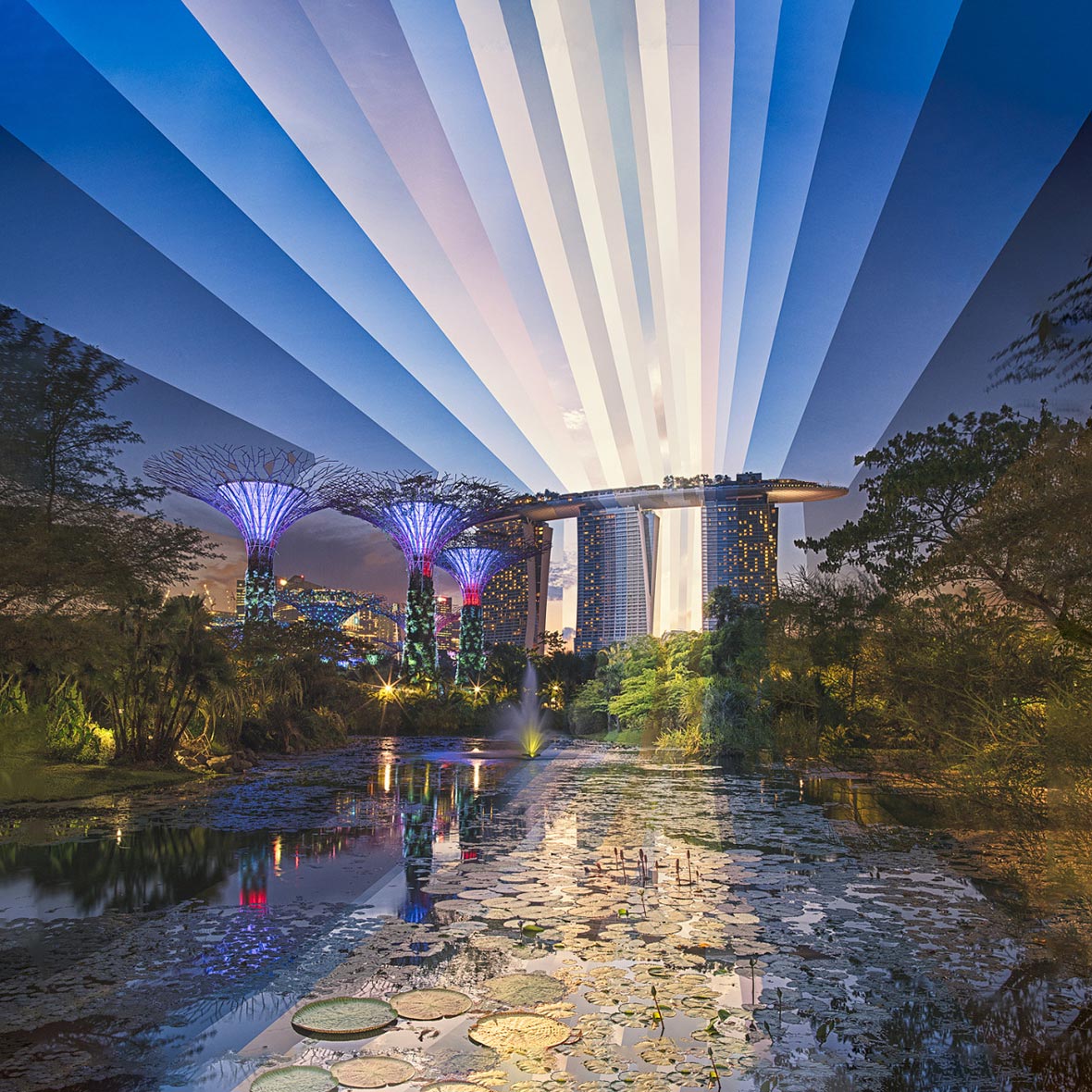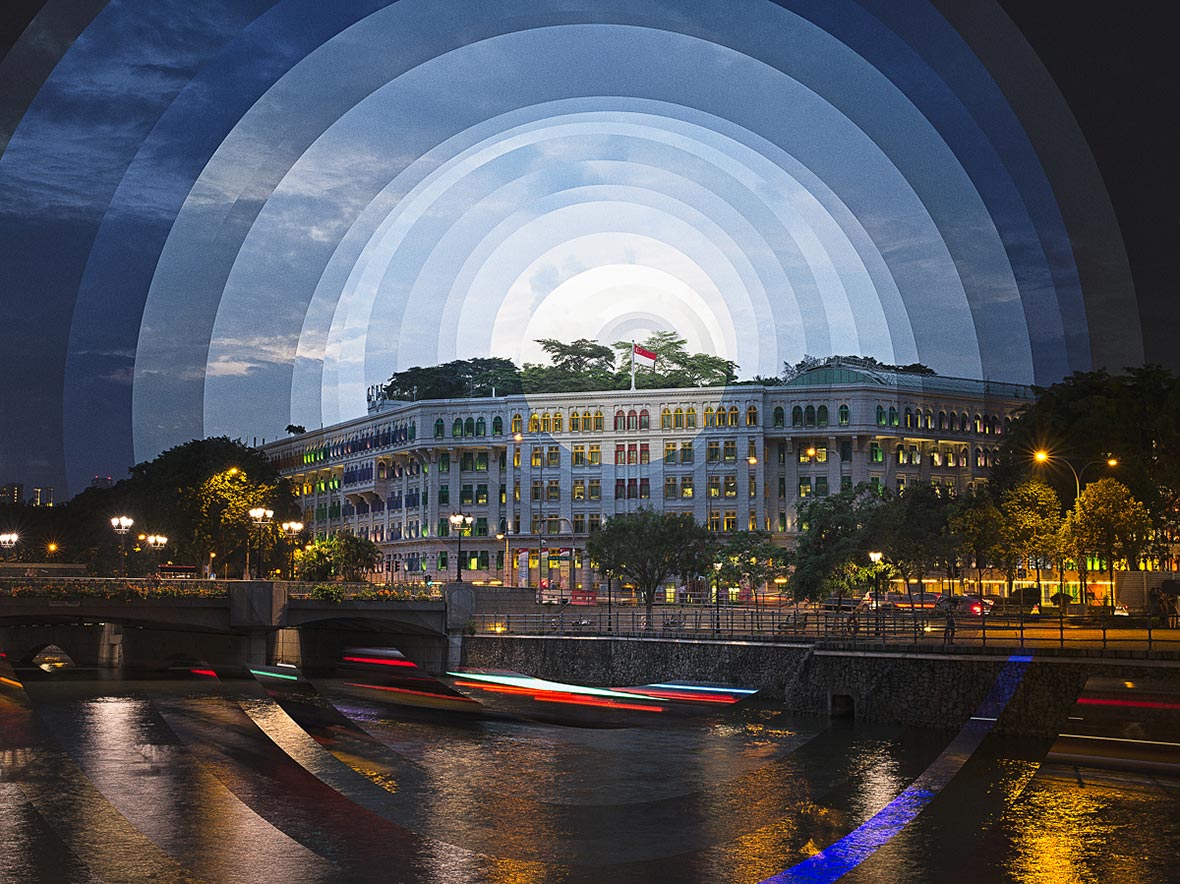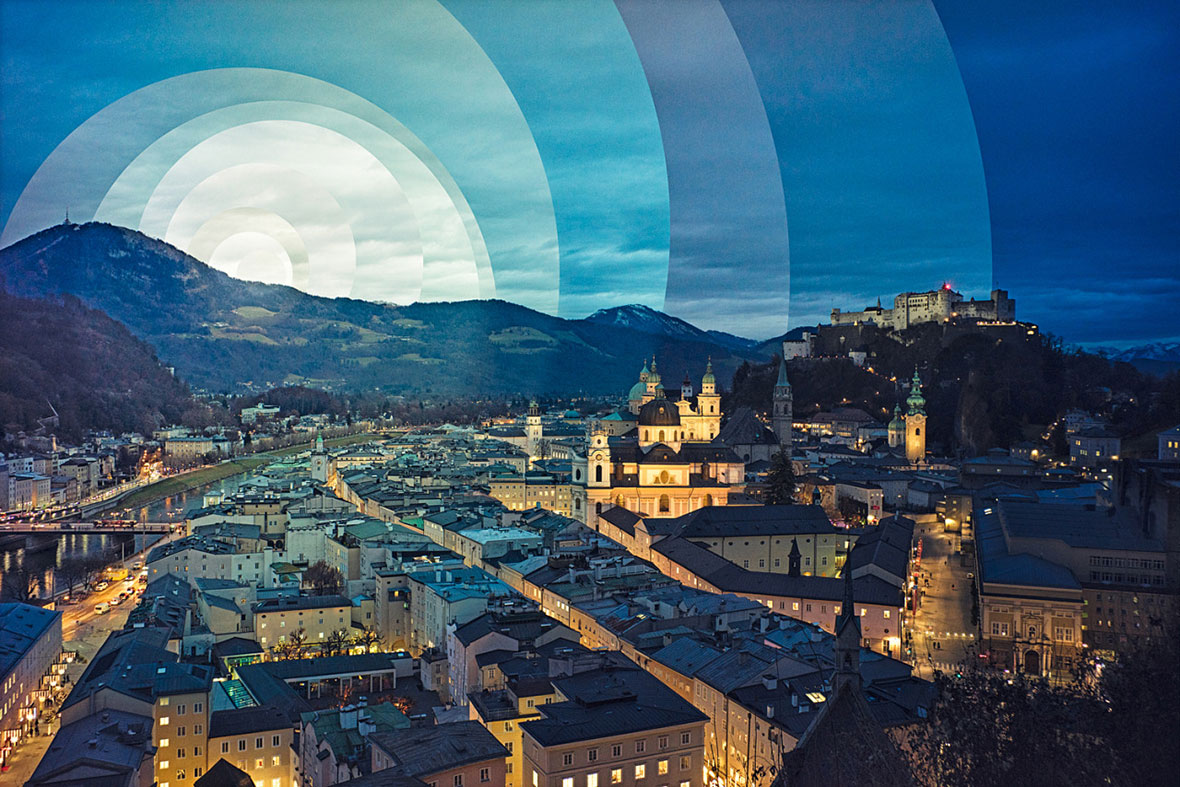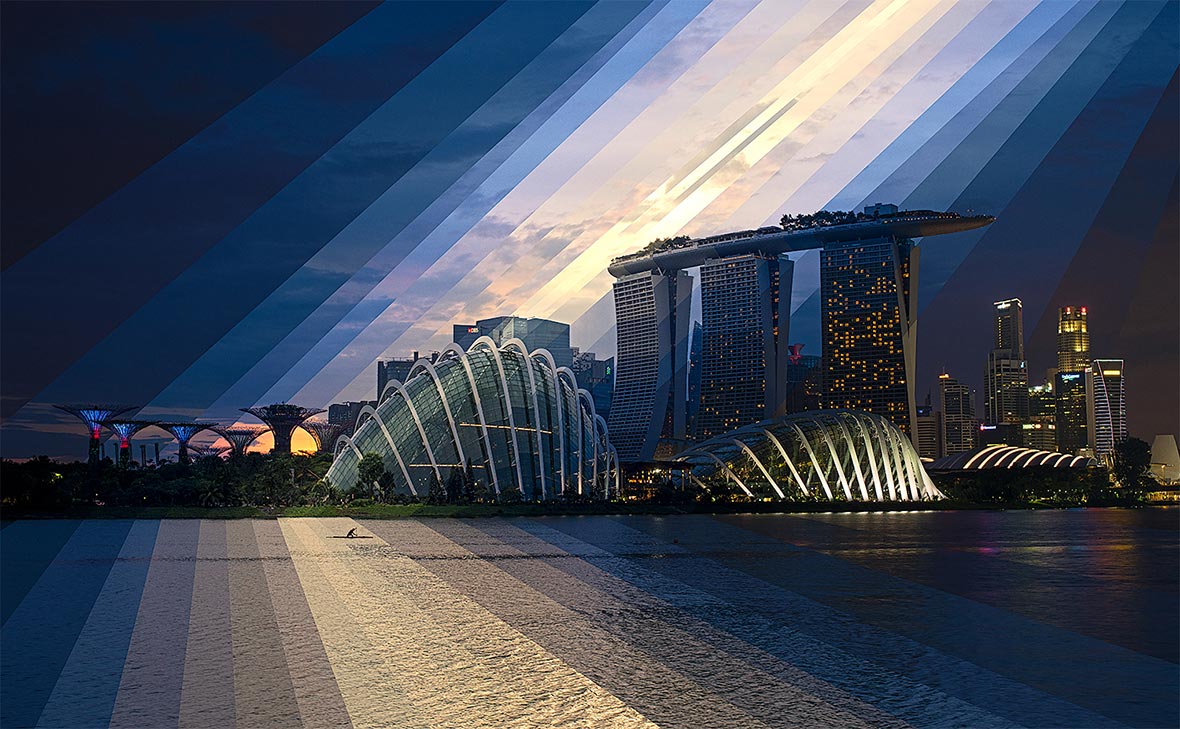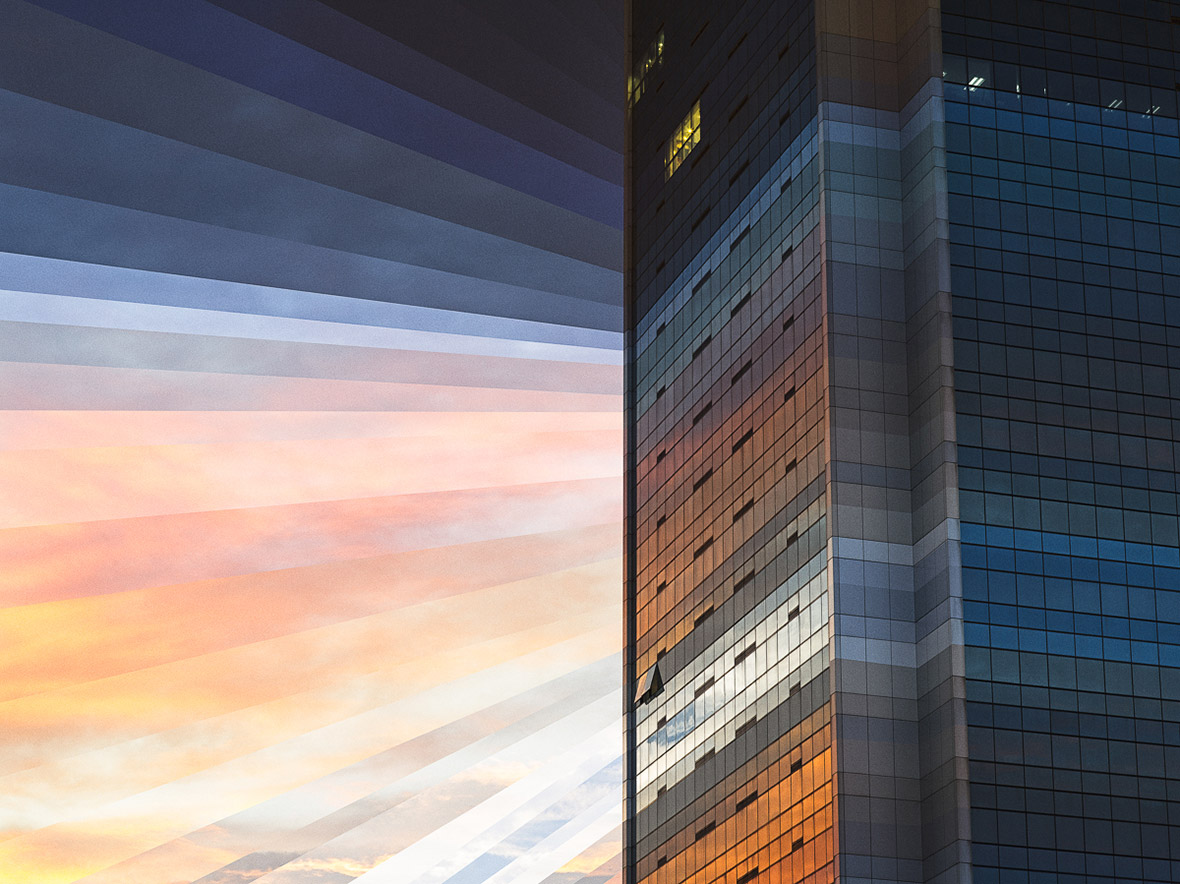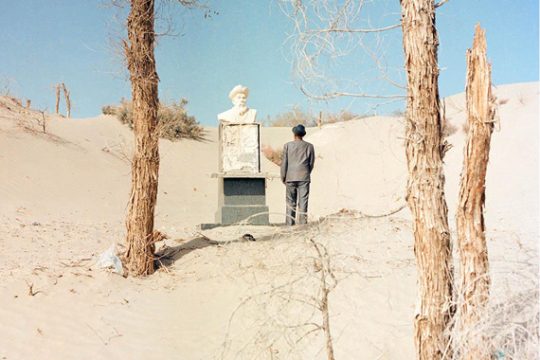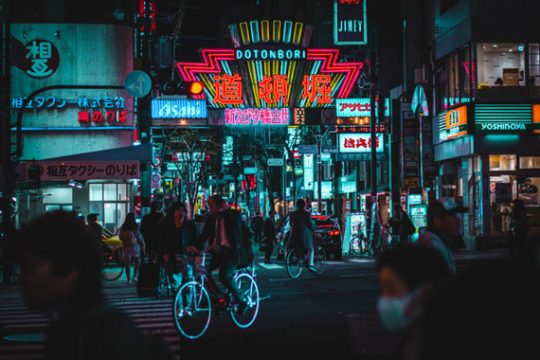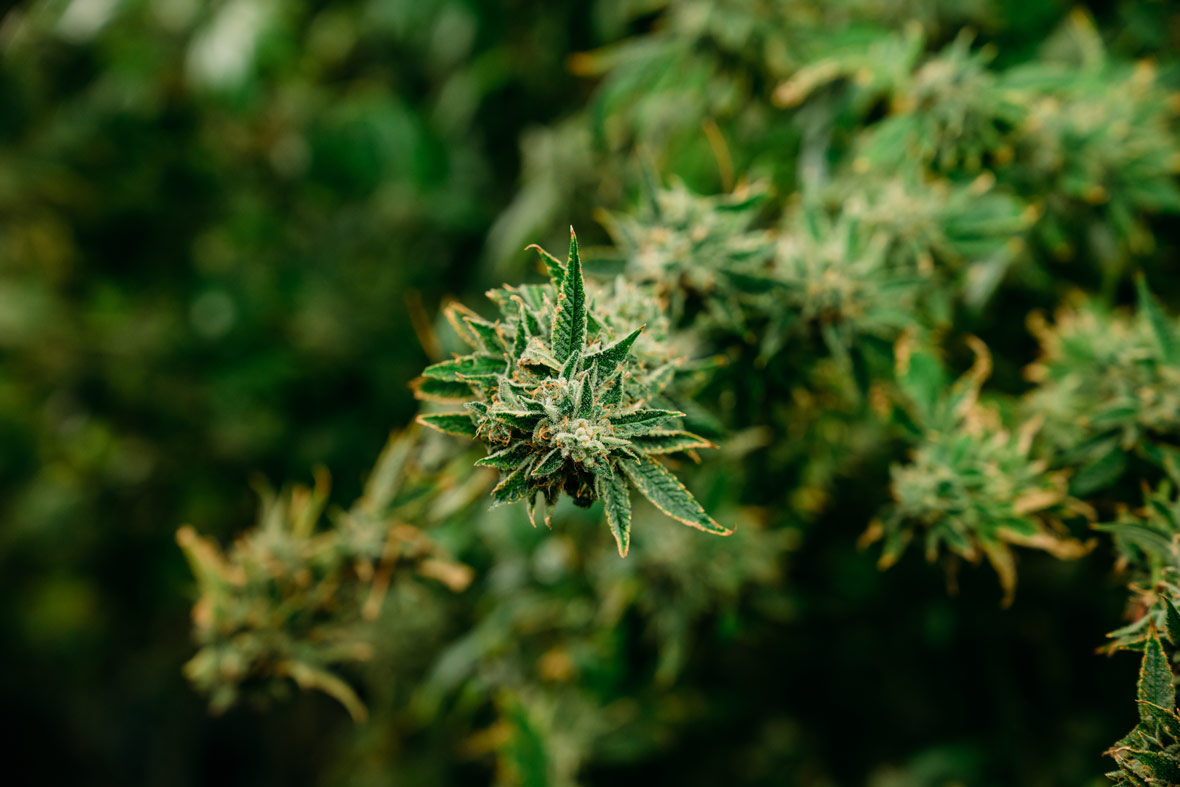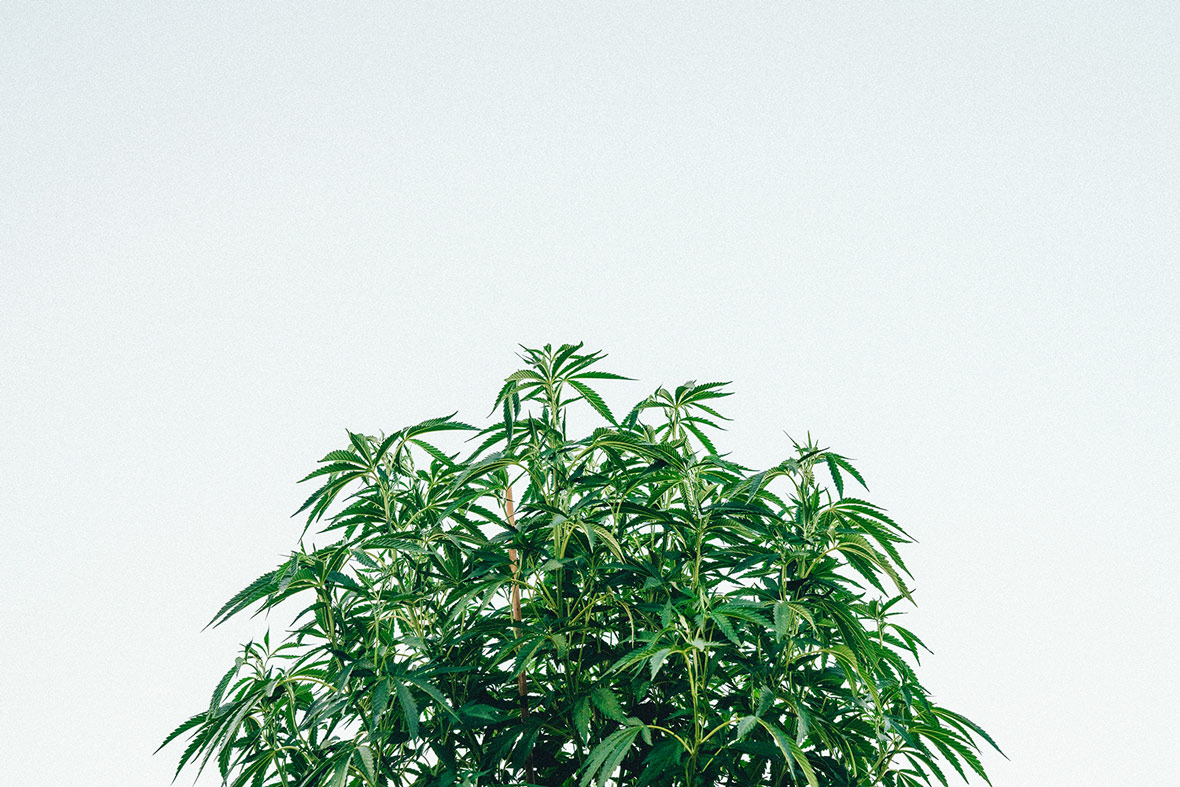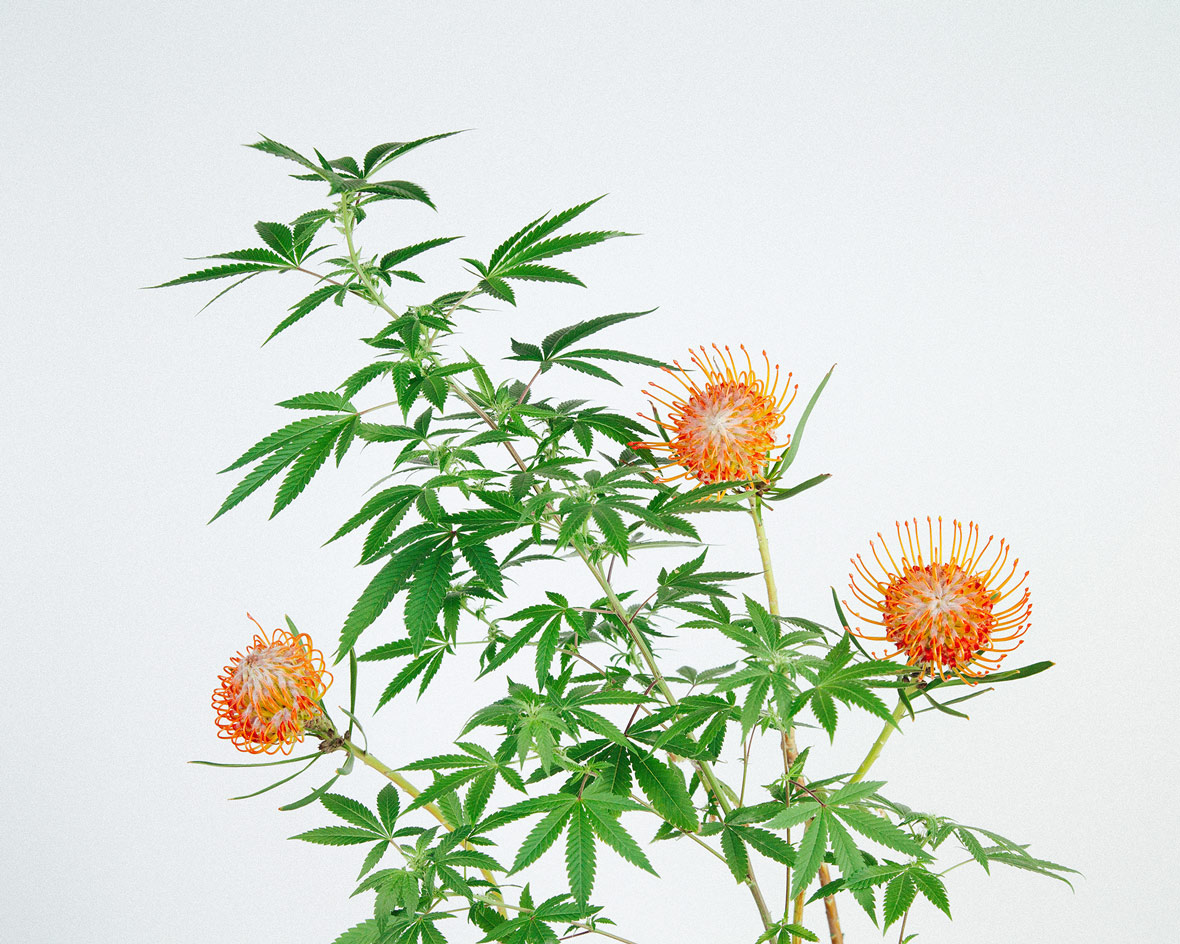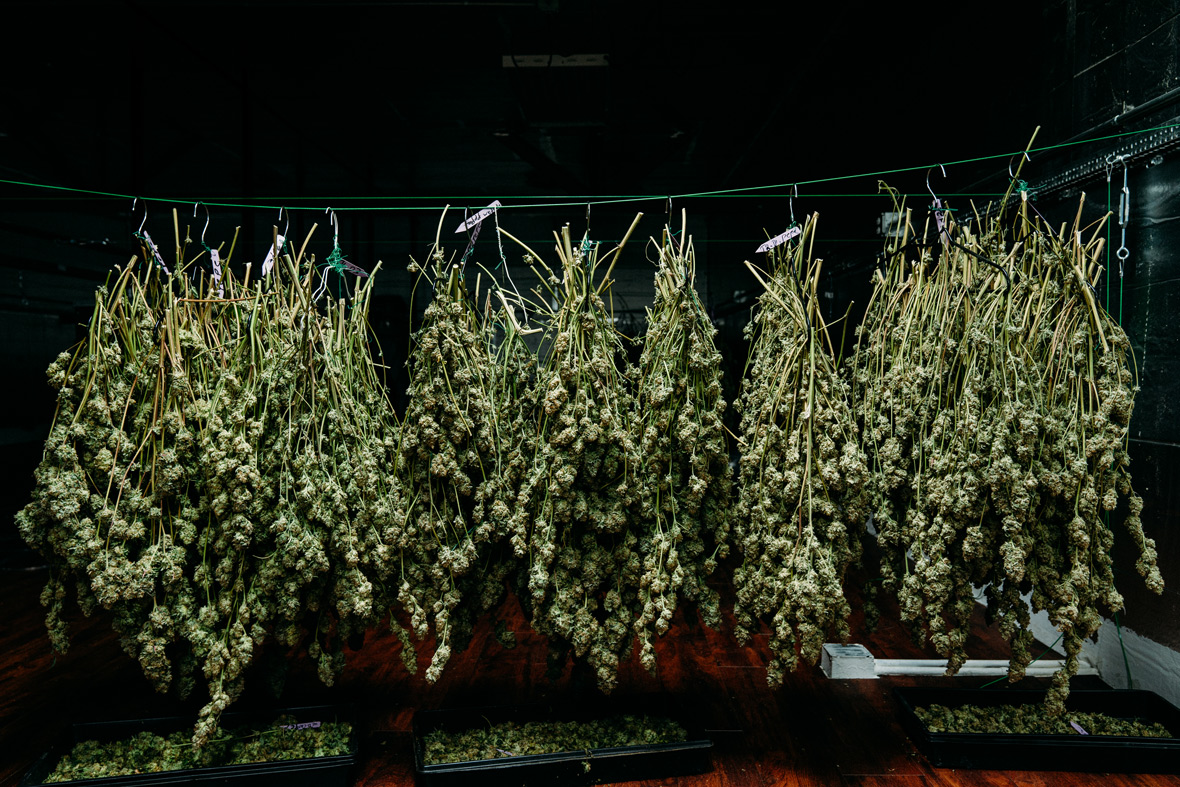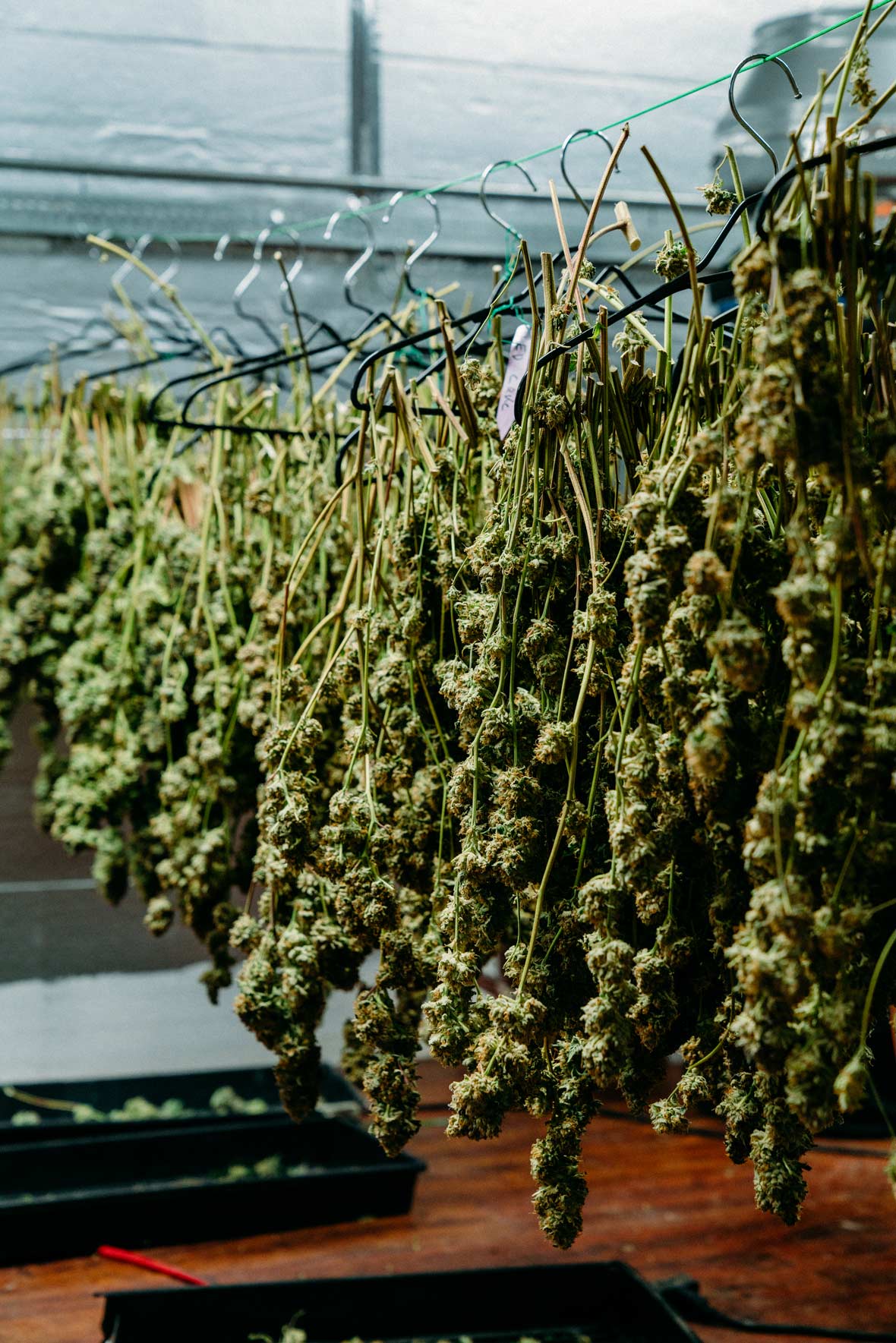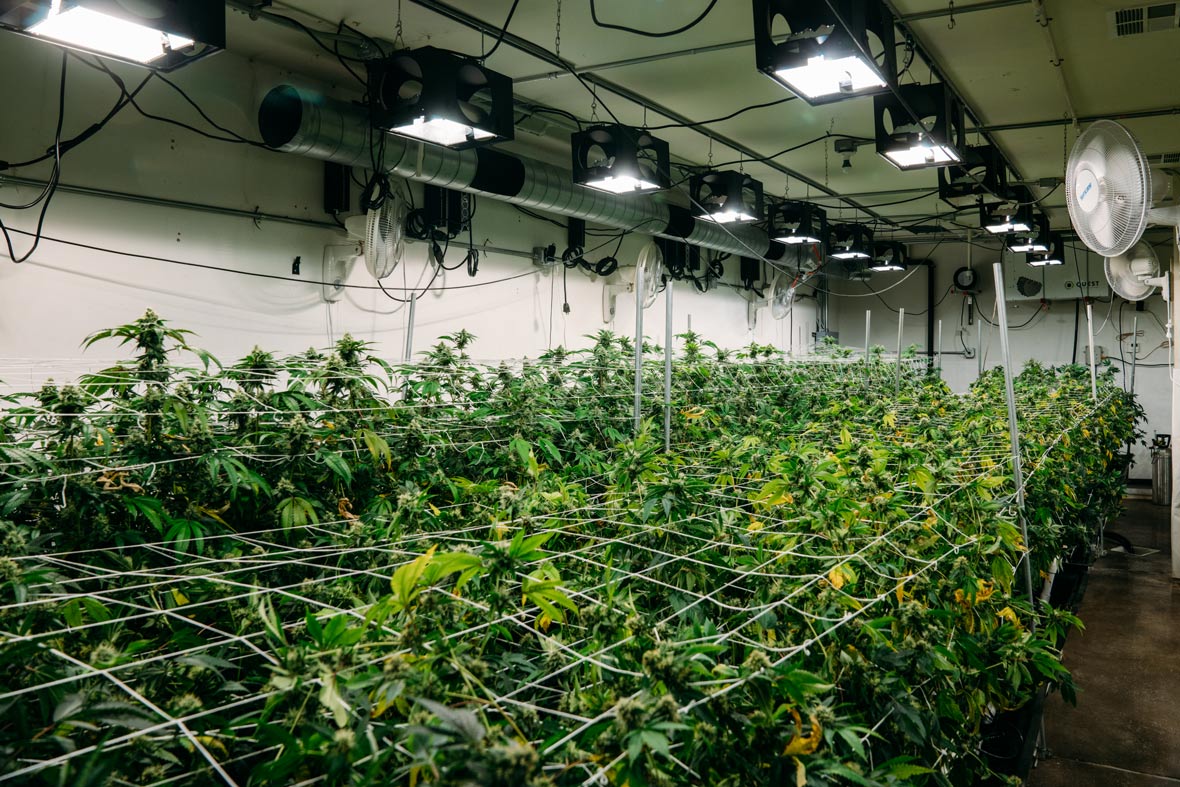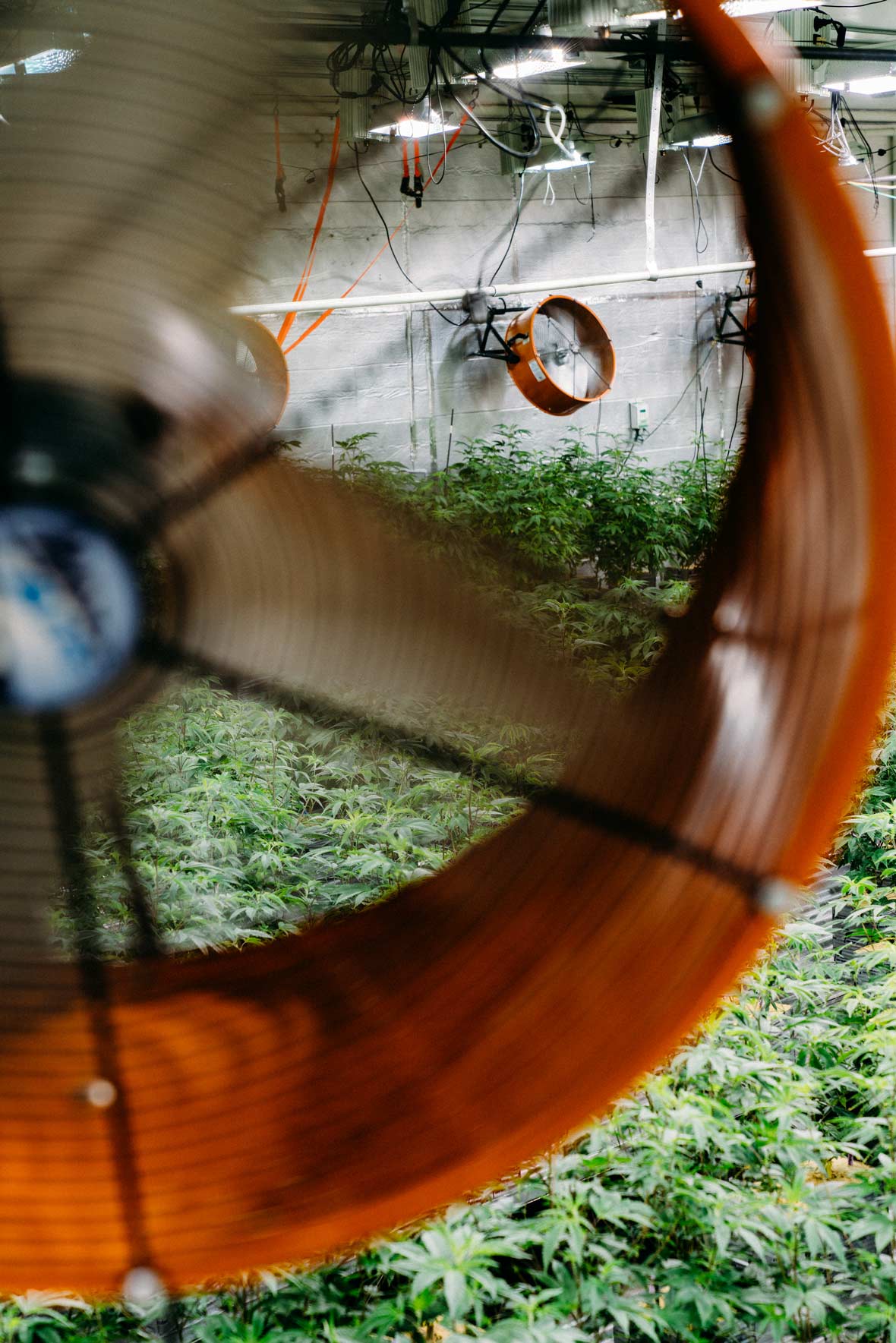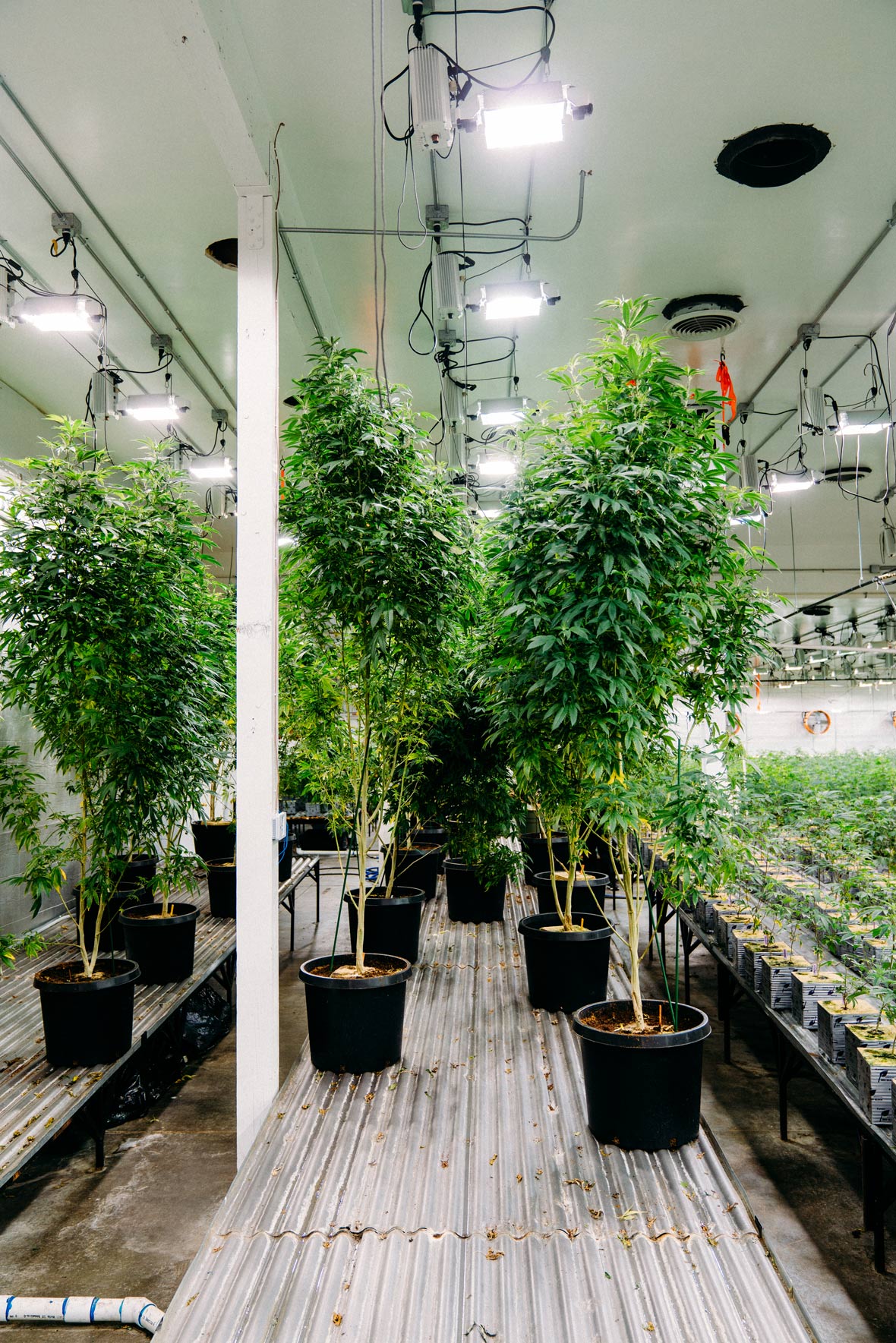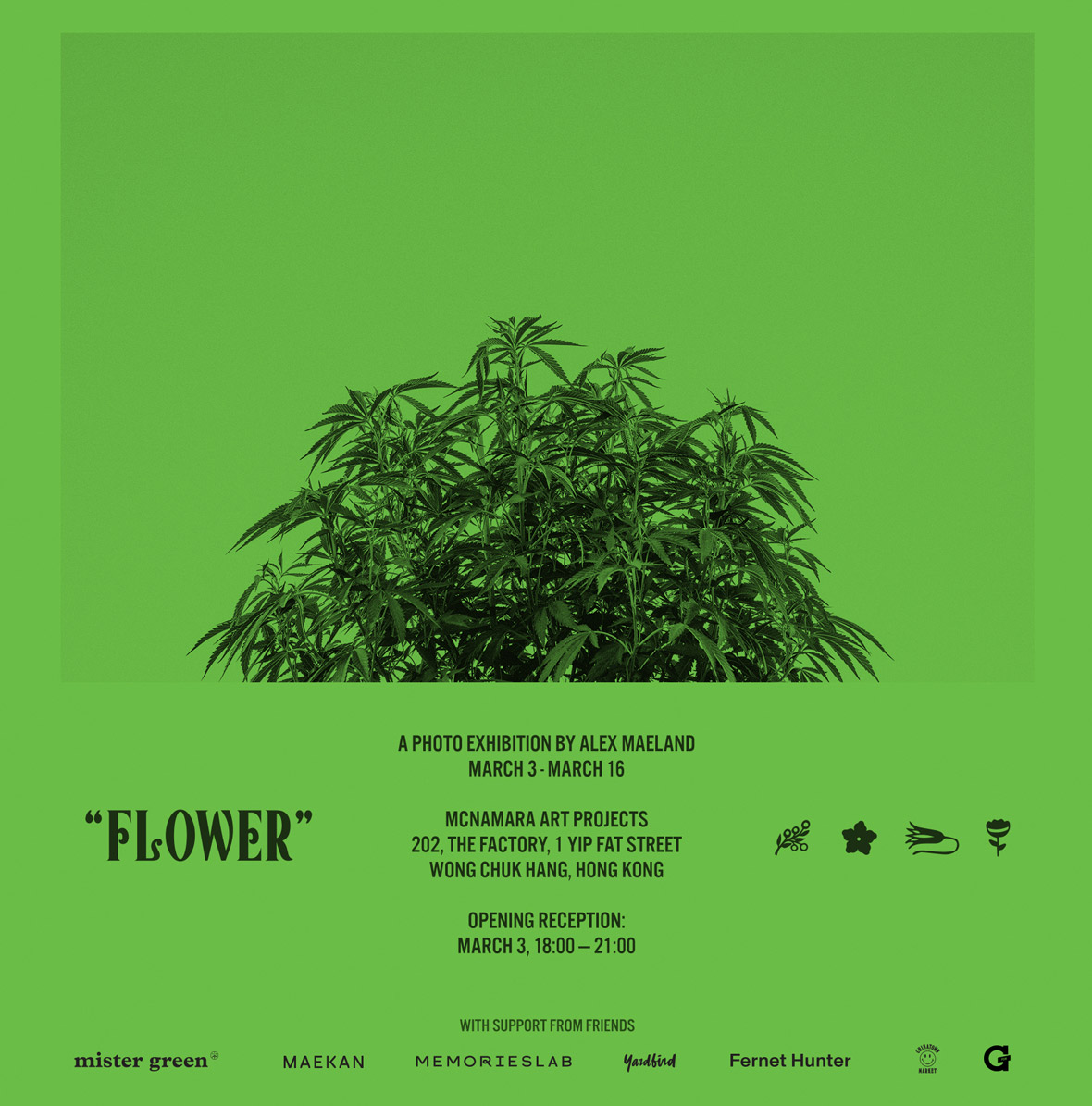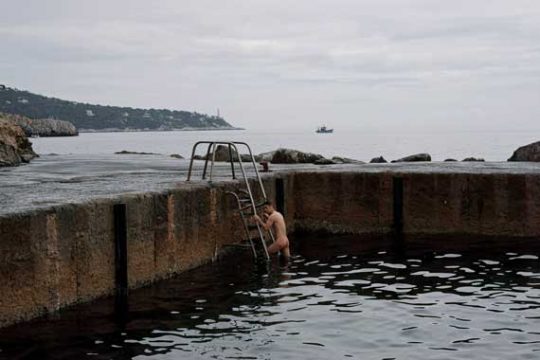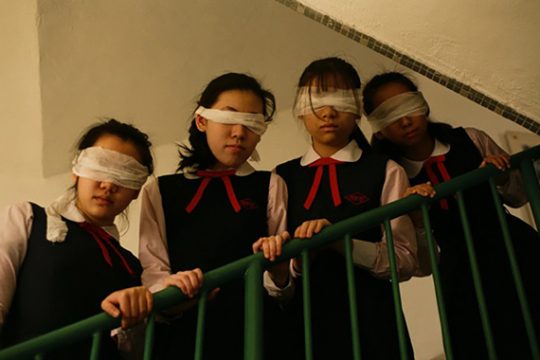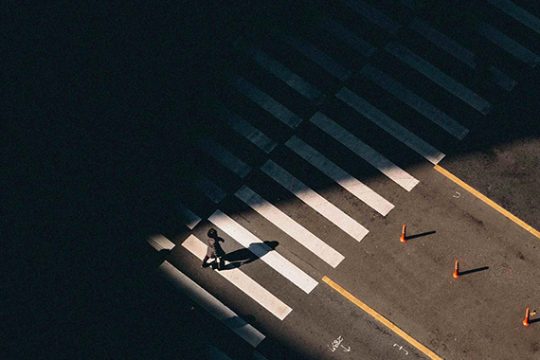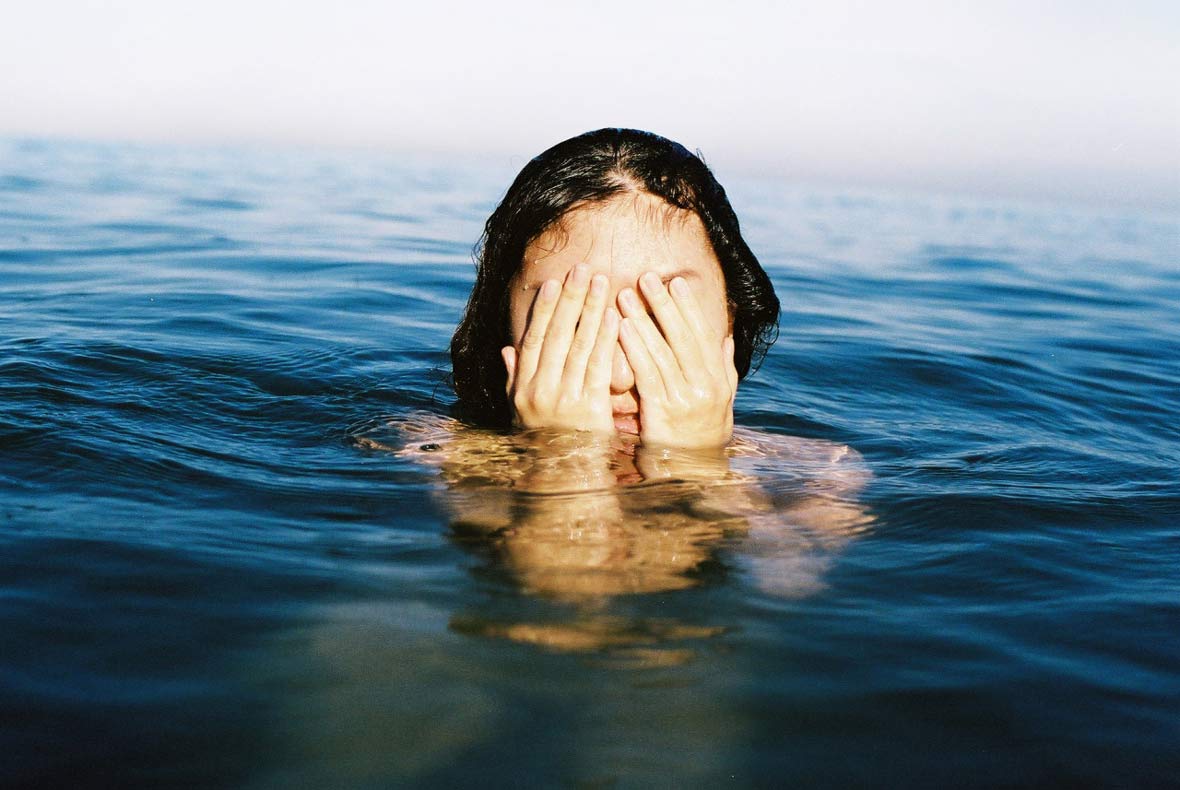
The true beauty of a woman can only be fully appreciated through the eyes of another woman; this is the notion that forms the basis of photographer Tseng Yen Lan‘s work. Tseng is a Taiwanese photographer whose journey with photography began at the young age of 16 when she received a camera from her mother as a birthday gift. Since then, she’s devoted herself to the medium, upholding an earnest mission to capture the beauty of the female form in its truest state. By photographing her subjects without makeup and focusing on their natural qualities, Tseng manages to immortalize the ephemeral beauty of feminine youth.
某种女性的美,是只能用另一双女性的眼睛才发现得了。就像台湾摄影师 Tseng Yen Lan(曾筵岚) 16 岁生日时,从母亲那里得来第一台相机那一刻起,一直以来致力于捕捉的,不过是某个女子生命中的一个瞬间,不用特地补妆,她拍的就是那样一个平凡、却耀眼的女子。

Tseng sees her female-focused works as a reflection of her own femininity. It’s a projection of her own ideals of beauty and what it means to be a woman. It’s an examination of what it truly means to be “beautiful” in a society that’s been historically patriarchal driven, with female beauty often gauged through a male gaze. Tseng’s photography aims to answer questions of “What is beauty?” “Whose sets the standards for beauty?” and “Is there a unique sense beauty that can be inherently found in everyone?”
“我记得我在网路上第一个发佈的作品是我表姐的裸体。” Tseng Yen Lan 说。她镜头下的主角几乎都是女性,这样的选题出自她同样身为女性的切身感受,即无论外表上还是思想上,从小到大女性生活在世界和社会所架设的男权价值观之下。究竟什麽才是美丽,是需要符合多数人的美感,还是每一个人身上都有难以取代的独特的美?她用摄影来回答这个问题。
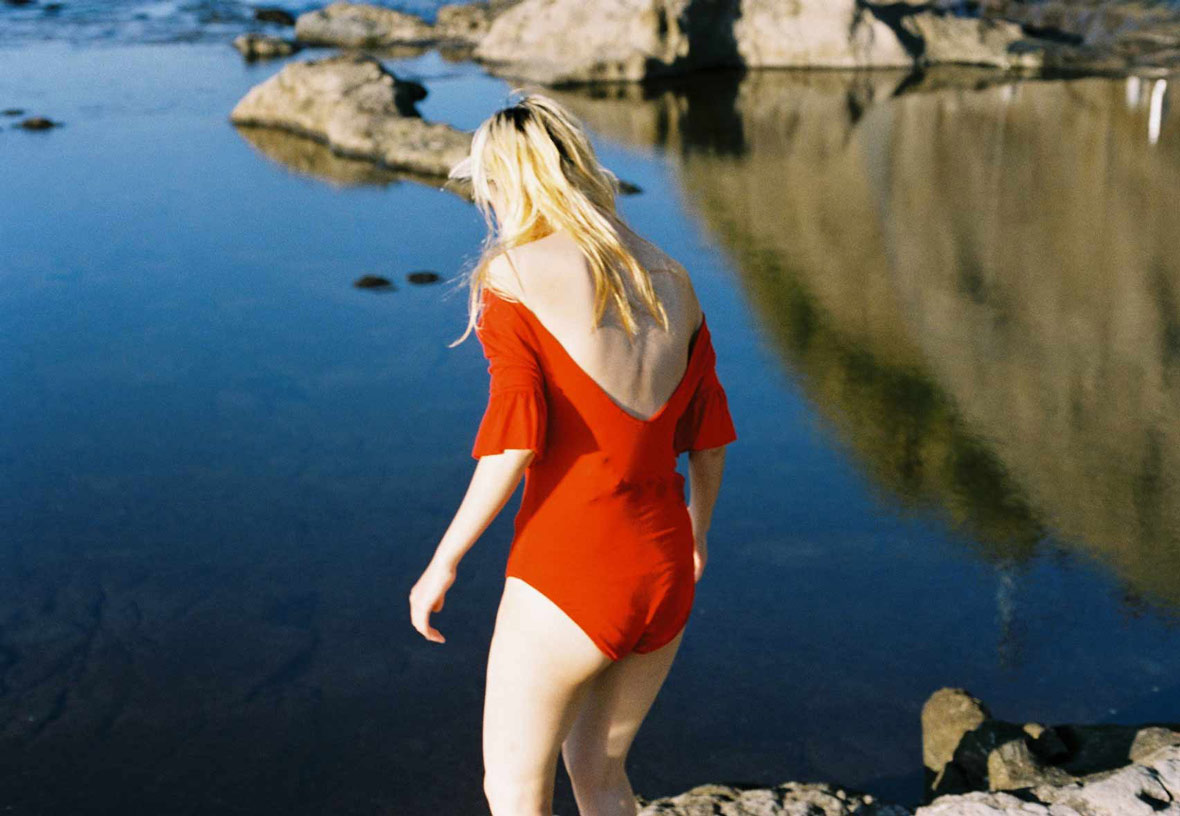
You Don’t Know How Beautiful You Are is a photo series by Tseng that takes a critical look at these concepts. Unlike many of her other personal projects, she shot this series with a professional model. “Before I got to know her, I knew that most of the commercial work she was engaged for was for menswear. This made me wonder: Was she packaged up and defined as a particular character because of her appearance? I wanted to use my photos to shatter these preconceptions associated with her looks.”
《You Don’t Know How Beautiful You Are》(你不知道你有多美)这组在海边拍摄的作品是 Tseng Yen Lan 依照模特儿去创作的。“在还没认识这个模特儿之前,她接到的拍摄工作大多数是男性造型,这让我不禁怀疑,她是否因为外表而被包装和定义成一个特定的角色。我想用拍照来打破这个莫名的框架。”

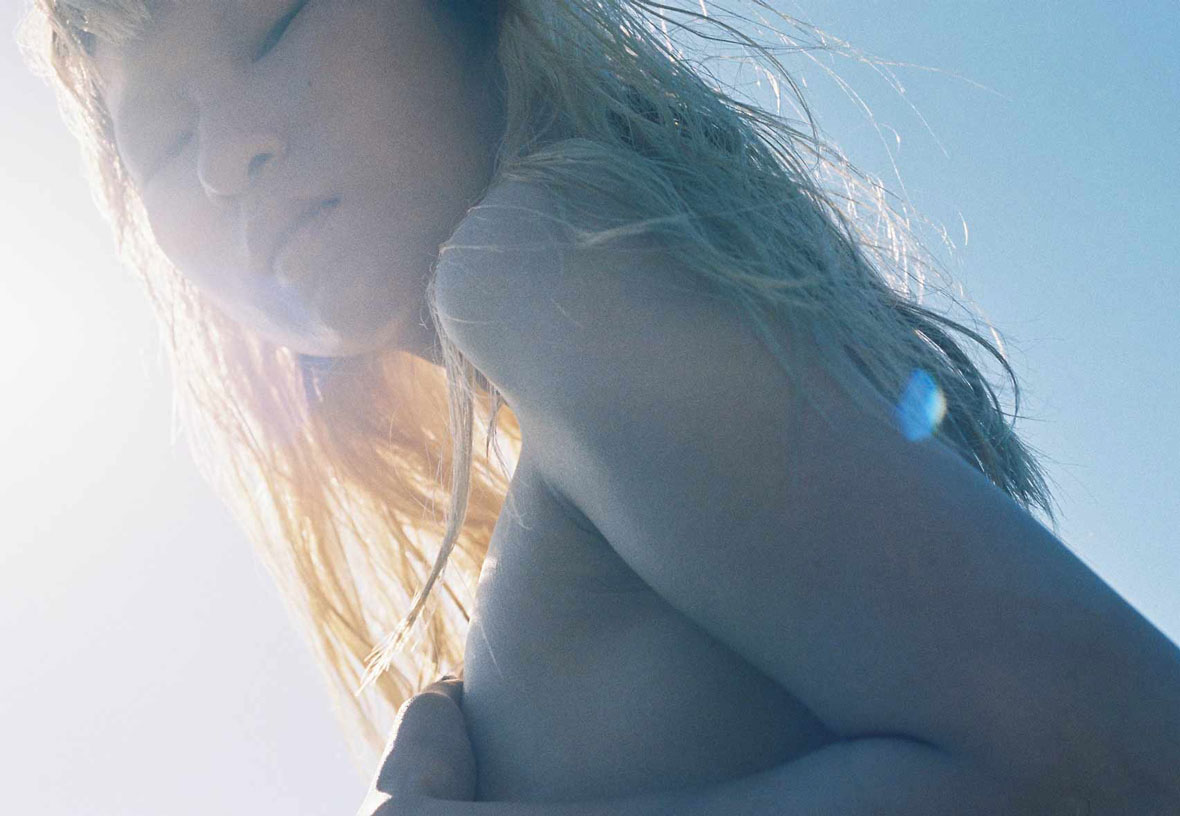
In other projects, Tseng will often use nudity to discuss femininity. To her, nudity represents empowerment; it signifies confidence and a validation of self. These thematics are linked to her own experiences as a child. At a young age, Tseng was often bullied by her male peers, which resulted in a period where she struggled with body image issues and a lack of confidence.
Tseng Yen Lan 在其他摄影项目中,还常拍裸体的女性。原因是裸体在她眼中一直都是女性突破自我的象征,小时候曾经因为外表及个性强悍被男同学欺负,她对于自己和身体感到厌恶和不信任。
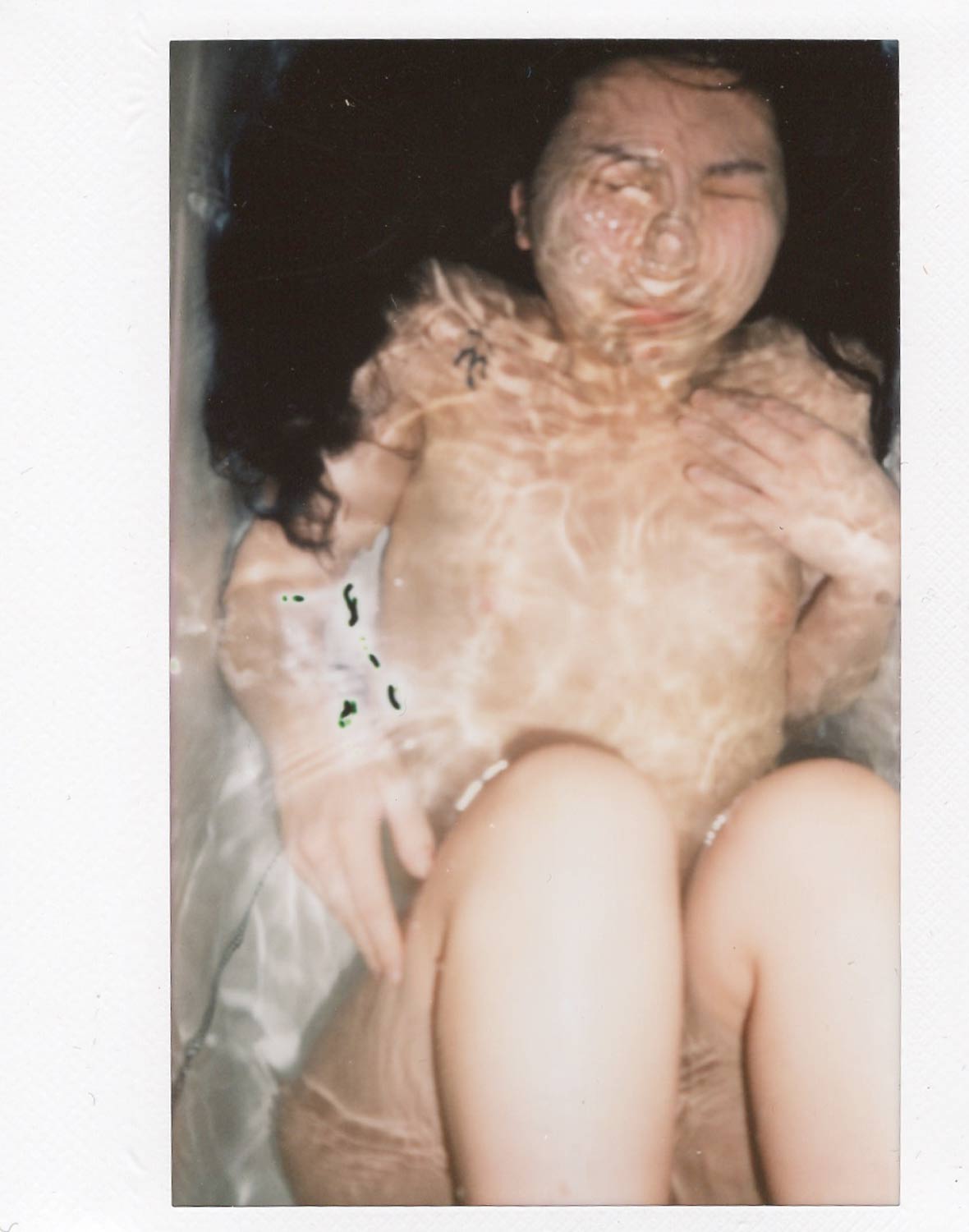
“When I met these girls who were confident and brave enough to bare themselves in full in front of the camera, I was inspired and encouraged,” Tseng shares. “I continue to shoot women because I want to celebrate their confidence.”
她说:“因此当我看到这些很有自信、勇于面对镜头展现自我的女生时,给了我很深的感触跟回馈。为了捕捉这样自信的她们,是我持续拍摄女性的原因。”
Aside from her regular photos, Tseng is also an avid Polaroid shooter. The appeal lies in the medium’s instantaneous nature and the necessity for precision, seeing as how postproduction isn’t an option when it comes to Polaroids. It’s a medium that she feels to be in tune with her approach of capturing subjects just as they are. “In the past, I used Polaroids just to practice my photography. When I’m on a real shoot, Id play around with a Polaroid to build rapport with the models. But after time, I felt more comfortable with it than any other cameras. This was a creative breakthrough for me. A good way to describe it might be to compare it with taking snaps on a cell phone camera – the resulting shots are much more organic and personal.”
Tseng Yen Lan 的作品中经常看到拍立得。拍立得是即刻的一次性创作,不能修图,也不能事先设定光影效果,但这样的媒材却可以更仔细、细腻的捕捉到女性当下的样子,这种特性与她的创作理念十分契合。“过去拍立得只是我练习拍照的工具,工作时我喜欢先用拍立得来建立跟模特儿的默契,但后来渐渐比任何相机都还习惯它,这让我在创作上有很大的转变。要形容的话,拍立得就像我的手机,拥有更多个人和私密的情感。”
